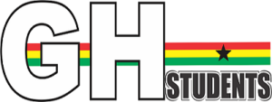Have you ever wondered which country has the most valuable currency in Africa? A country’s currency says a lot about the economy and standard of living of its citizens. There is a huge misconception that the biggest and most popular nations often have the best currencies; this is false, especially when Africa is concerned.
Having a strong currency makes it cheaper to import goods. It also means it is trading at historically higher levels than before. When a country’s medium of exchange is strong, it reduces its volatility in the forex market.
In the Forex market, investors have, in recent times, started to trade the currencies because some are no longer prone to fluctuations in commodity demand and supply. Some of the highest currencies in Africa are from nations that have a wealth of commodities. So, their currencies are strong because of the price increases in their commodities.
To help you get a better understanding of the situation, we compiled a list of the strongest currencies in Africa 2025. Each currency was rated against the official exchange rate of the United State dollar today at the time of writing this article.






2 comments
I need a personal contact
Nice one